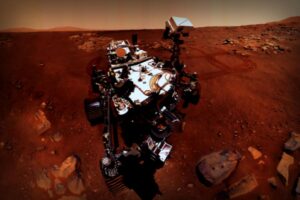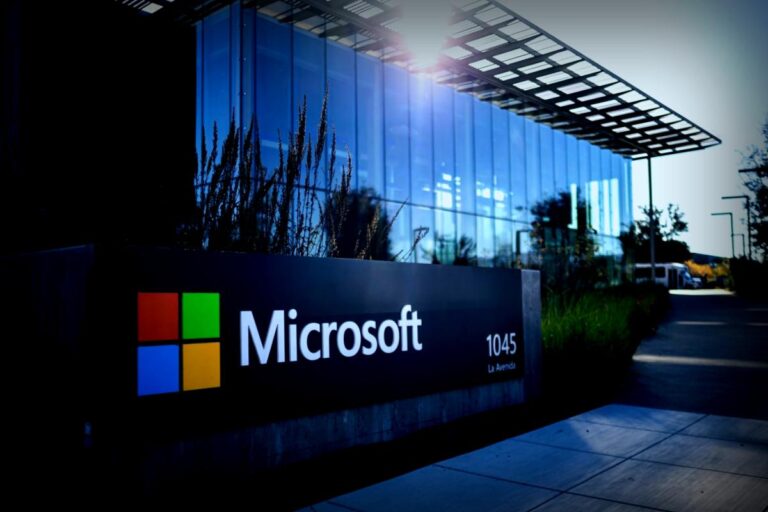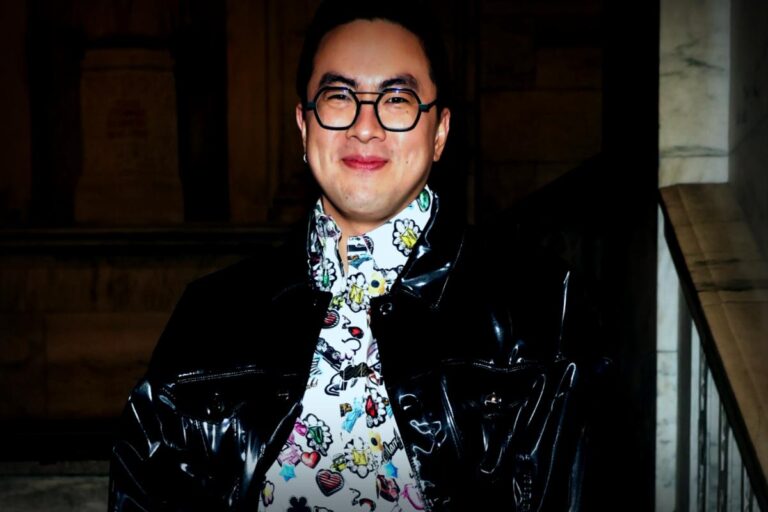As Waymo rolls out its driverless taxi services in the dazzling streets of Las Vegas, another player has emerged on the scene: Zoox. This Amazon-backed company arrives with its quirky, wheel-less autonomous vehicles, bringing a fresh look to the usually chaotic traffic of Las Vegas.
At the same time, Tesla seems to be stuck in its own overhyped world where their ‘robotaxi’ concept is more of a show than real progress.
Troubling Truth About Tesla’s Robotaxi Hype
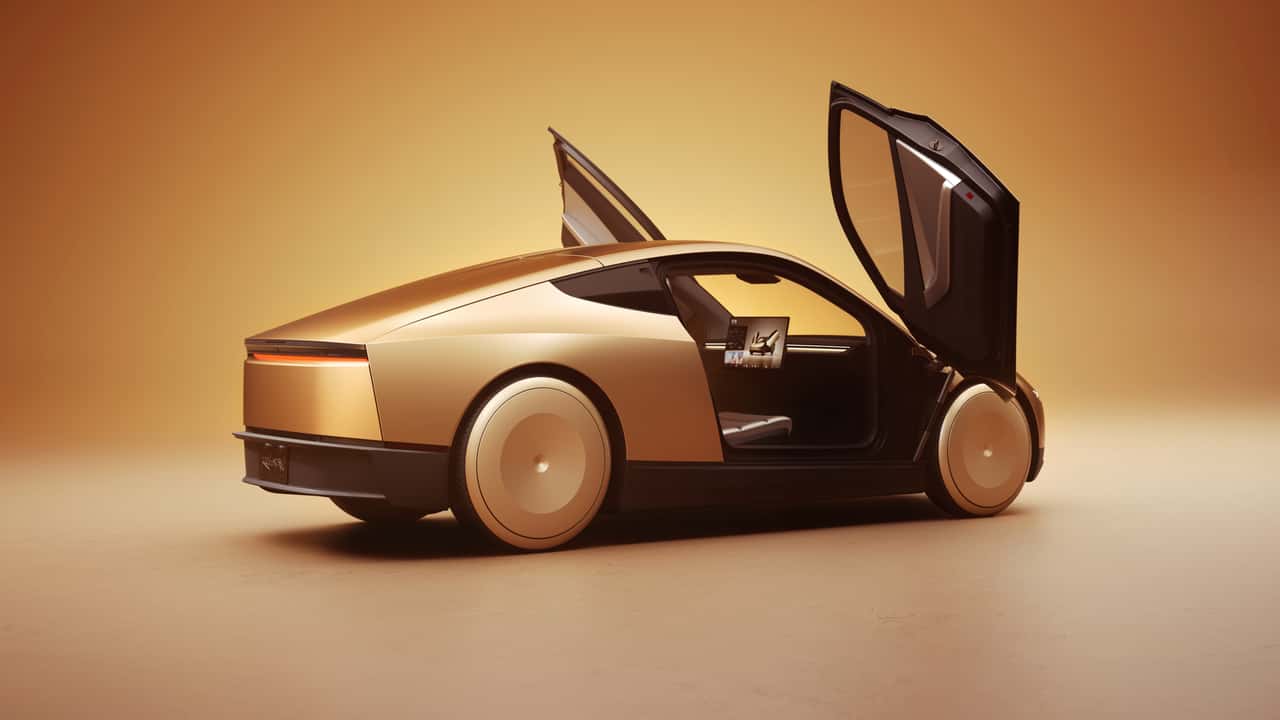
Unlike Zoox, which deploys full-blown driverless cars, Tesla’s approach with the so-called robotaxis involves having employees supervise the rides. This reality hit hard in August 2025, when one of Tesla’s robotaxi units found itself hilariously stuck while trying to make a left turn in downtown Austin, forcing the assigned safety monitor to hop out and take the wheel.
A video of this fiasco, shared by Tesla investor Ark Invest, underscores a major flaw in Tesla’s strategy: they seem to care more about how things look than actually ensuring safety. Initially moving security personnel from behind the wheel to the passenger seat gave an illusion of autonomous progress, but in fact, it watered down safety protocols.
Elon Musk, Tesla’s CEO, has reiterated that full self-driving capability would be achieved ‘next year’ for almost ten years now. Yet, year after year, these promises vanish into thin air—leaving investors and the public in the lurch while competitors like Waymo and the new entrant Zoox make real strides in autonomous tech.
Your average Tesla robotaxi isn’t much more than a glorified supervised ride. Waymo, in contrast, actively runs fully self-sufficient vehicles in multiple cities. Relaxed regulators also recently granted Zoox trial permissions in Las Vegas—showing that real autonomous capabilities are already on the roads, unlike Tesla’s underwhelming service.
Zooming Past Tesla’s Marketing Mirage
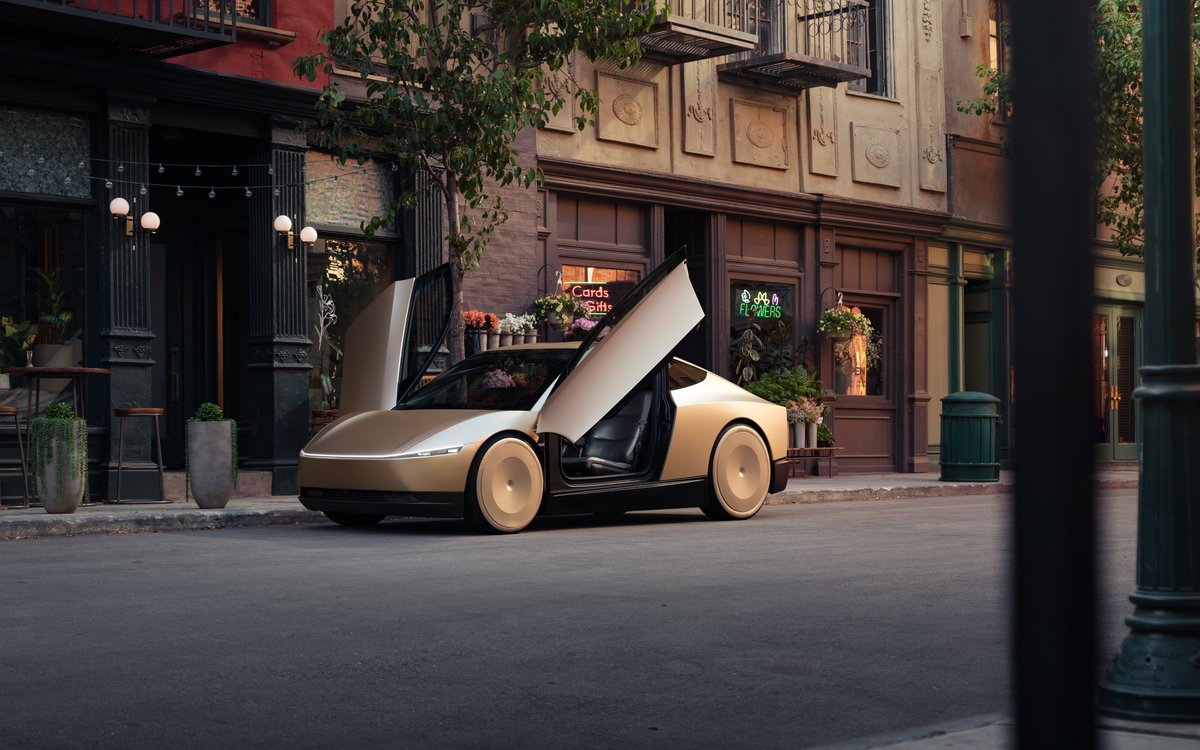
Tesla’s safety record with its autonomous driving features raises some eyebrows. By October 2024, there were countless non-fatal incidents involving Autopilot and up to 59 fatalities. Currently, the beloved automaker is even under investigation by the NHTSA for mishandling reports of crashes related to its self-driving configurations.
Federal investigations noted some alarming trends: from 2022 to early 2023, NHTSA’s Office of Defects Investigations flagged 467 crashes that resulted in injuries and fatalities. Each statistic tells a sobering story of individuals affected by Tesla’s hurried move to release technology that wasn’t quite ready.
In response to these safety issues, the company had to announce multiple recalls of its Full Self-Driving system. Issues like ignoring stop signs and not having sufficient fail-safes highlighted major oversights in their rushed project.
Reigning in the Competition
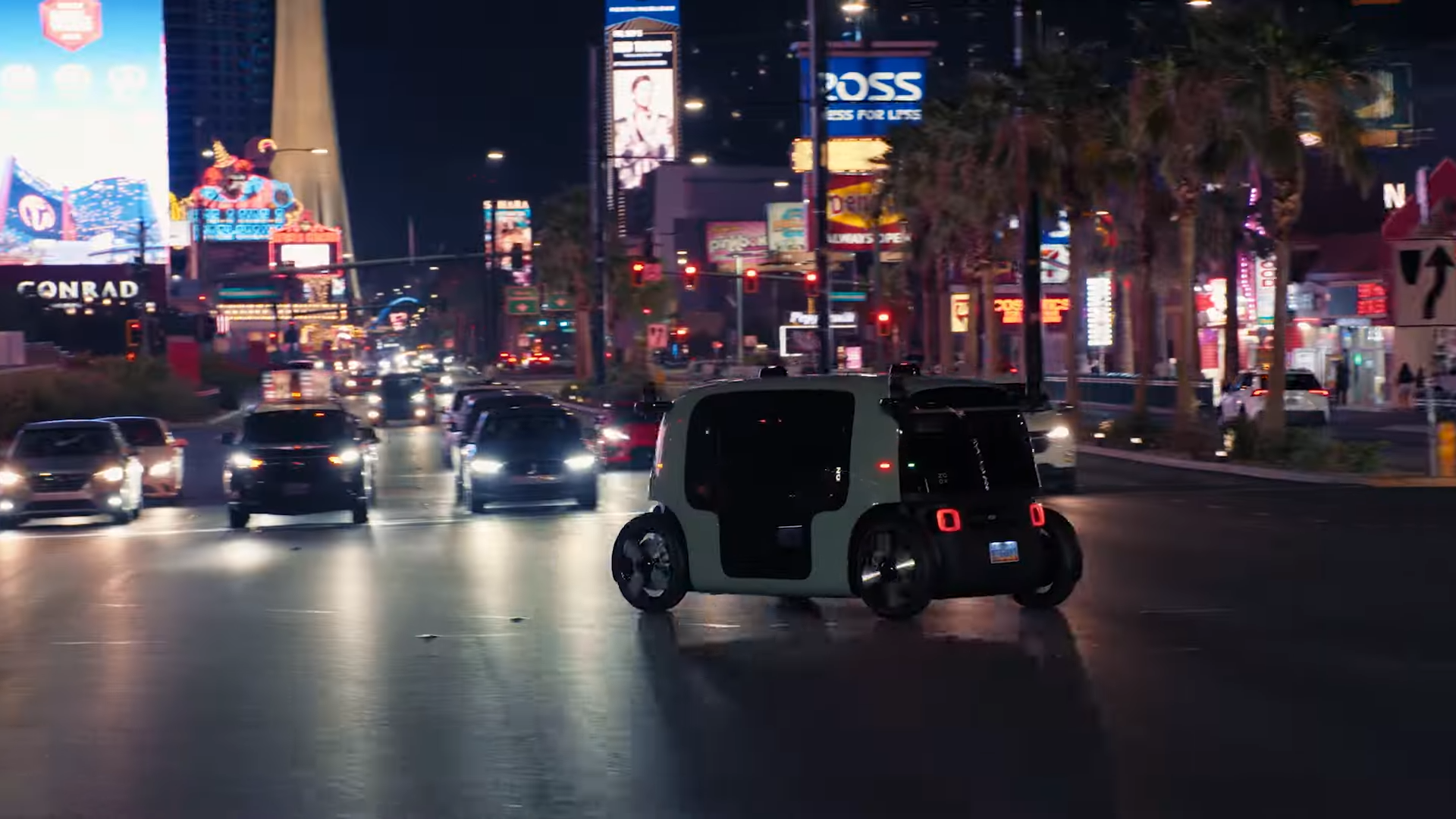
While Tesla flaunts its robotaxi flights, brands like Zoox are genuinely redefining what autonomous transport can offer. Their recent launch in Las Vegas signals a vital moment with actual driverless cars ferrying passengers without any human oversight.
Meanwhile, Waymo persistently works on expanding its truly autonomous services with more approvals in cities like New York recently. These players are focused on developing safe and reliable technologies instead of churning out incomplete products to appease market expectations.
The narrative surrounding Tesla’s robotaxi initiative reflects larger themes about the company’s methods: inflate expectations, generate excitement, and depend on folks not noticing the gap between promises and reality. Although Tesla captures the limelight, in terms of delivering genuine and responsible autonomous rides, they’re just idling while competitors race ahead—plus, let’s not forget how charming Zoox is!

